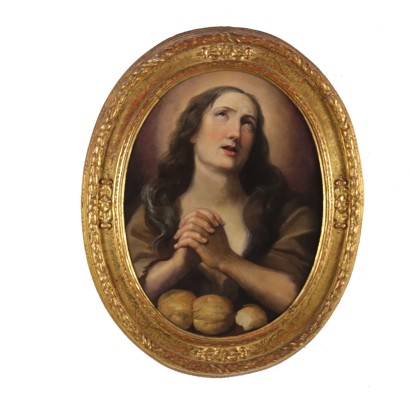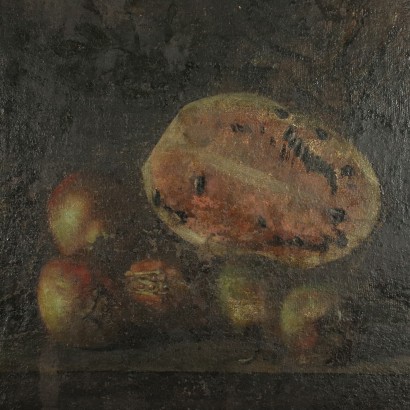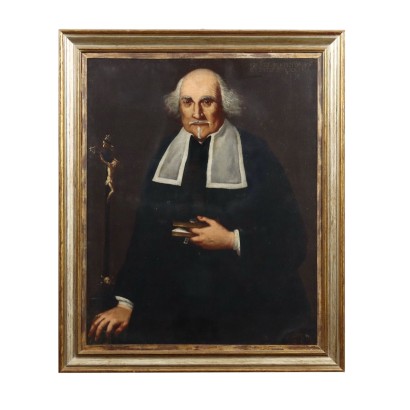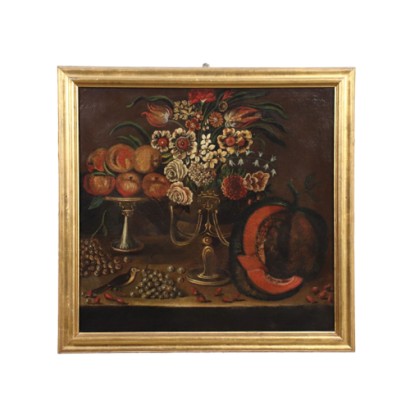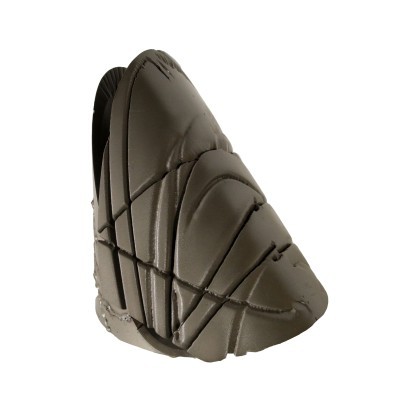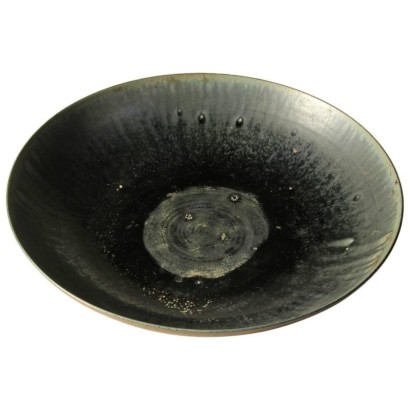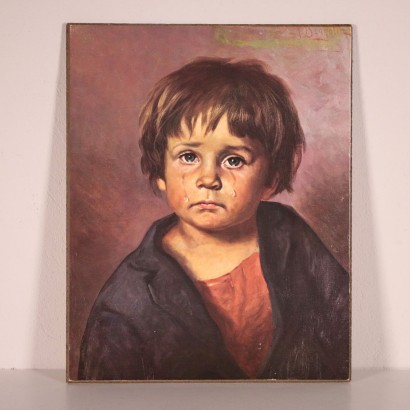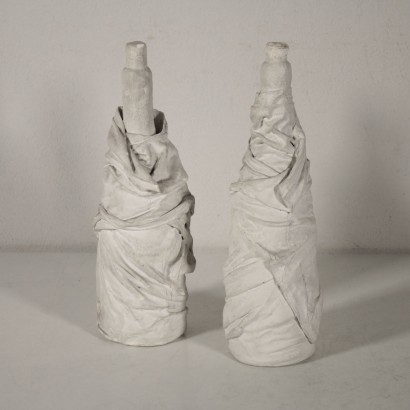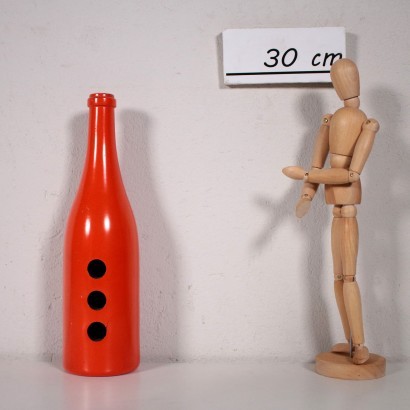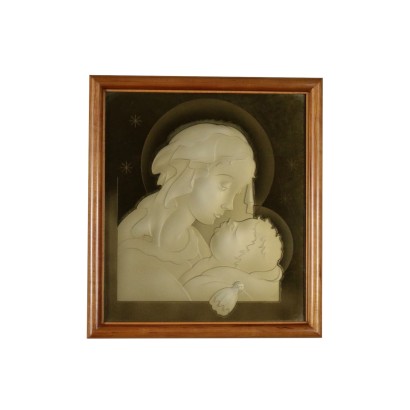Oil on Canvas Religious Subject Italy XVII Century
Features
Artwork title: Santa Maria Egiziaca
Artistic school: Italian School
Age: 17th Century / 1601 - 1700
Subject: Figures of Saints
Origin: Italy
Artistic technique: Painting
Technical specification: Oil on Canvas
Description : Santa Maria Egiziaca
Oil painting on canvas. Italian school of the seventeenth century. Born in Alexandria in Egypt in about 344, Maria Egiziaca was an Egyptian nun and hermit, venerated as a saint by the Catholic, Orthodox and Coptic Churches. After a dissolute youth, Mary arrived in Jerusalem following a group of pilgrims and here she converted to the Christian faith, beginning a life of penance in the desert. In the iconography she is depicted as a penitent near a cave with long hair covering her body and with the three loaves that she took to the desert. The painting, restored and relined, is presented in a 19th century gilded frame.
Product Condition:
Product in good condition, with small signs of wear.
Frame Size (cm):
Height: 73
Width: 58
Depth: 5
Artwork dimensions (cm):
Height: 55
Width: 41



